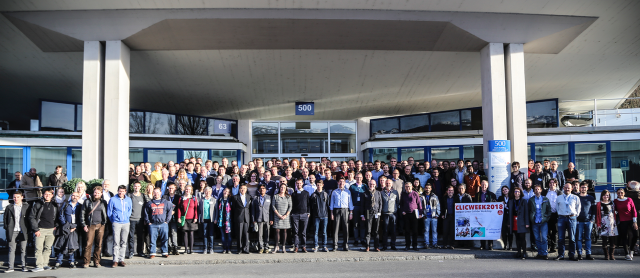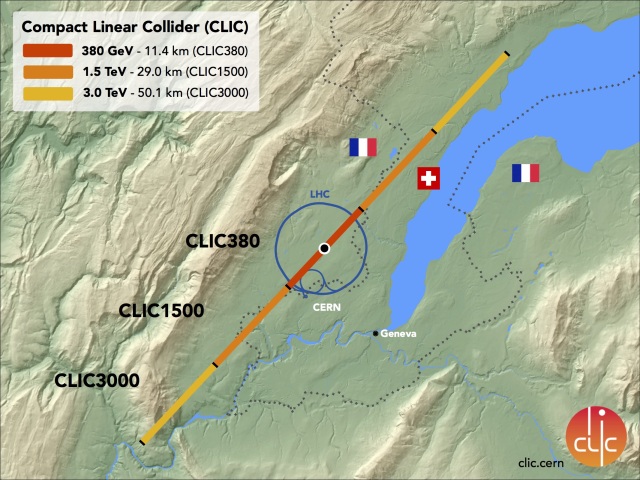New spokesperson for CLICdp
Published: 2 February 2018
Last week, more than 225 people gathered at the European Laboratory for Particle Physics, CERN, for the annual Compact Linear Collider (CLIC) workshop...
Last week, more than 225 people gathered at the European Laboratory for Particle Physics, CERN, for the annual Compact Linear Collider (CLIC) workshop, 22–26 January. CLIC is a proposed electron–positron linear collider, envisaged for construction at CERN for the era beyond the High-Luminosity Large Hadron Collider. This workshop also marked the first month of University of Glasgow Professor Aidan Robson’s two-year term as elected leader (‘spokesperson’) of the CLIC Detector and Physics Collaboration, CLICdp. This consortium of 30 institutes from around the world is dedicated to studying the sensitivity reach of such a collider, designing the detector to sit at the beam interaction point, and conducting detector R&D to reach the physics performance requirements in the particular environment of the CLIC accelerator. Professor Robson is currently based at CERN to carry out this role.

CLIC will use a unique two-beam acceleration scheme where power from a low-energy, high-current beam is extracted to accelerate the main electron and positron beams to a collision energy of up to 3TeV. The accelerator is proposed to operate at a series of collision energies over approximately 25 years starting from around 2035. The CLIC physics programme will provide high-precision Higgs boson and top-quark measurements, with enhanced sensitivity to effects from beyond-Standard Model (BSM) physics at the higher-energy stages. For the accelerator, studies with the aim of reducing the cost and power have had particular priority recently, as well as progress in the site-specific implementation studies. Steps towards industrialisation of the component manufacture include fostering wider applications of the CLIC accelerator technology with external partners, and last week’s workshop included the launch of a new EU-funded project, CompactLight, to realise an X-ray free-electron laser using CLIC accelerator technology.
During 2018 the CLIC accelerator and detector and physics collaborations will prepare summary reports as input for the Update of the European Strategy for Particle Physics, focusing on the initial CLIC project implementation with a collision energy of 380GeV, and including plans for the project preparation phase in 2020-25. For more information, see http://clic.cern .

First published: 2 February 2018
<< News

